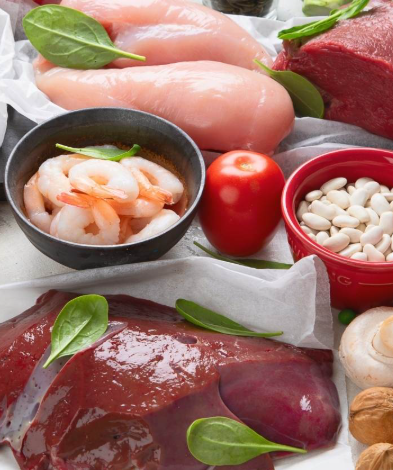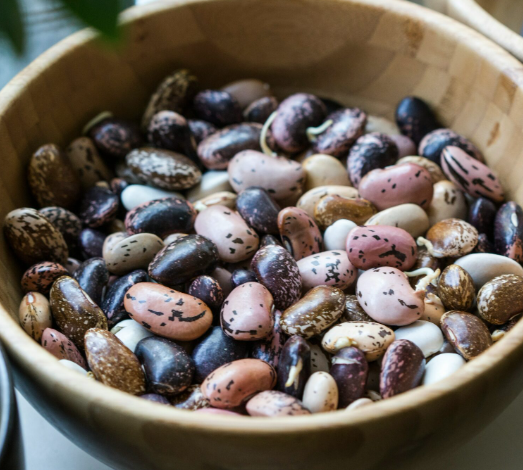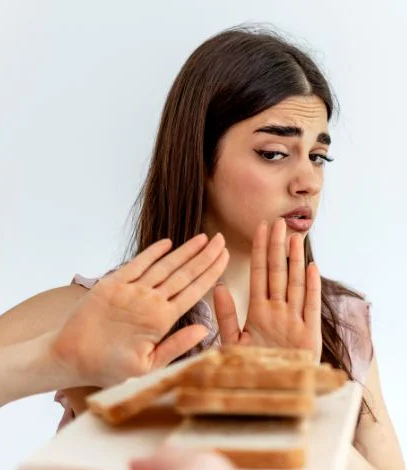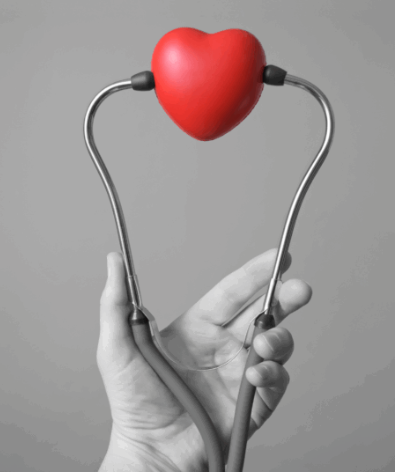
16 Plant-Based Foods High in Iron
Iron is a vital nutrient that plays a crucial role in your overall health. It’s responsible for creating hemoglobin, which carries oxygen throughout your body, and myoglobin, which transports oxygen to your muscles. Iron also supports energy metabolism and helps with digestion. Despite its importance, many people wonder if it’s possible to get enough iron from a plant-based diet. The answer is yes!
If you’re following a plant-based diet or just trying to eat more plant-based foods, it’s important to know which foods are rich in iron and how to make the most of them. This post will walk you through the best plant-based sources of iron and how to enhance your absorption of this essential nutrient.
What Is Iron and Why Is It Important?
Iron is an essential mineral that your body needs to produce hemoglobin and myoglobin, both of which are involved in oxygen transport. Without enough iron, your red blood cells can become smaller and less efficient, leading to iron deficiency anemia. This can cause symptoms such as fatigue, weakness, pale skin, dizziness, and poor concentration.
Maintaining proper iron levels is essential for optimal health. If you suspect you’re iron deficient, it’s a good idea to talk to your doctor for a blood test to check your levels.
Do I Need to Eat Meat for Iron?
No, you don’t have to eat meat to get enough iron! Iron is found in plant-based foods, though it’s in a different form than the heme iron found in animal products. Plant-based sources provide non-heme iron, which your body absorbs less efficiently than heme iron. However, by combining plant-based iron sources with foods rich in vitamin C, you can enhance your absorption.
Iron-Rich Foods to Include in Your Plant-Based Diet
Here are 16 plant-based foods that can help boost your iron intake:
- Soybeans
A half-cup serving of organic soybeans contains around 4.5 mg of iron. Soy is a versatile ingredient that can be used in various dishes like stir-fries, tofu scrambles, and smoothies. - Sesame Seeds
Sesame seeds are packed with iron, providing about 4.2 mg per ounce. Try adding them to salads, stir-fries, or homemade granola bars. - Lentils
Lentils are not only rich in iron (3.3 mg per half-cup) but also high in fiber and protein. They’re perfect for soups, stews, and salads. - Spinach
Dark leafy greens like spinach are excellent sources of iron. A half-cup serving of cooked spinach offers around 3.2 mg of iron. Add it to smoothies, omelets, or as a side dish. - Chickpeas
Chickpeas, also known as garbanzo beans, provide 3.3 mg of iron per half-cup serving. Make hummus, toss them in salads, or use them in curries. - Lima Beans
These beans provide 2.3 mg of iron per half-cup serving. They’re a great addition to soups, salads, or simply sautéed with some garlic. - Kidney Beans
Kidney beans offer 2.2 mg of iron per half-cup serving. Use them in chili, bean salads, or veggie burgers. - Navy Beans
Navy beans are another great iron source, providing 2.2 mg per half-cup. Add them to soups, stews, or mash them for a spread. - Swiss Chard
A cup of cooked Swiss chard contains 2 mg of iron. Try using it in salads, pastas, or sautés for a nutrient boost. - Quinoa
This ancient grain is a complete protein and contains 1.4 mg of iron per half-cup serving. It’s a great base for grain bowls or as a side dish. - Dried Apricots
Dried apricots offer about 1 mg of iron per 1/3 cup serving. They make for a great snack or addition to cereals and salads. - Prune Juice
Prune juice contains 2.9 mg of iron per cup. It’s a great way to increase your iron intake while promoting digestive health. - Pumpkin Seeds
One ounce of pumpkin seeds provides about 1 mg of iron. These make an excellent snack or can be sprinkled on salads, oatmeal, or yogurt. - Dark Chocolate
Yes, dark chocolate is a delicious source of iron, with 7 mg per 3 oz serving. Enjoy a small piece as a treat or use it in baking. - Blackstrap Molasses
Blackstrap molasses provides 1.9 mg of iron per two tablespoons. You can use it in baking or add it to smoothies for a sweet iron boost. - Sweet Potatoes
Sweet potatoes contain around 2.2 mg of iron per serving. They are versatile and can be roasted, mashed, or used in soups and stews.
Enhancing Iron Absorption
To ensure your body absorbs as much iron as possible, pair iron-rich foods with vitamin C. Foods like bell peppers, citrus fruits, broccoli, and kiwi can boost your body’s ability to absorb non-heme iron.
Foods that Decrease Iron Absorption
Some foods and substances can inhibit iron absorption, so be mindful when consuming them around iron-rich meals. Tannins found in coffee, tea, and red wine, as well as phytates in foods like whole grains and beans, can reduce how much iron your body absorbs. To maximize absorption, consume these foods either an hour before or after your iron-rich meals.
Sample Iron-Rich Day for a 40-Year-Old Woman
Here’s a sample day of eating to help you meet your daily iron needs (15-18 mg for women):
Breakfast:
- ⅓ cup rolled oats with raisins (2 mg of iron)
Snack:
- 8 oz green juice with leafy greens (boosts absorption)
Lunch:
- Lentil spinach soup (9.8 mg of iron)
Snack:
- Veggies and rice crackers with tahini dip (4.2 mg of iron)
Dinner:
- Sautéed Swiss chard with quinoa (4.8 mg of iron)
Total: 20.8 mg of iron
Conclusion
Getting enough iron on a plant-based diet is absolutely achievable with the right foods. Beans, leafy greens, seeds, and other plant-based foods are excellent sources of iron, and with a few tips on absorption, you can ensure that you’re meeting your iron needs. So don’t worry—you don’t need meat to stay healthy, and with these iron-rich foods, you’ll be on your way to a well-balanced plant-powered diet.






